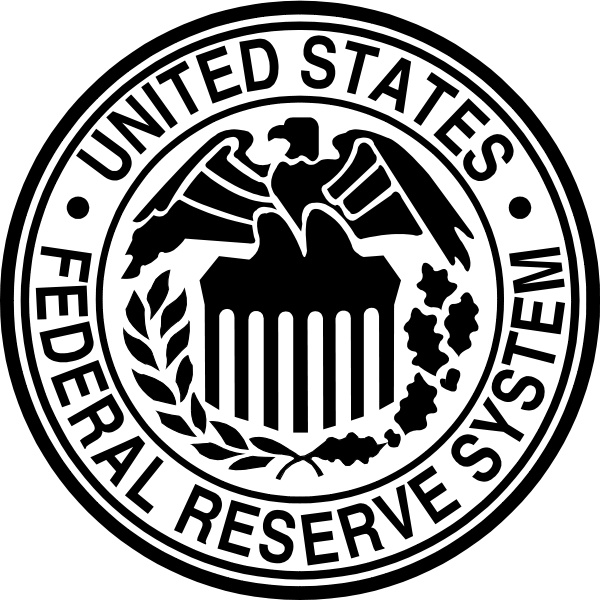Low inflation was the topic of the Fed today as they announced that they will continue a vast bond-buying program to combat low inflation. Low inflation has the propensity to hamper a slowly recovering American economy. In an announcement that was made this week, the Fed has committed to purchasing $85 billion in monthly bonds to offset this risk.
“The committee recognizes that inflation persistently below its 2 percent objective could pose risks to economic performance, but it anticipates that inflation will move back toward its objective over the medium term,” the Federal Open Market Committee said today in a statement, insisting that this will help growth resume and will “pick up from its recent pace.”
Fed Chairman Ben S. Bernanke commented that “further improvements” in the labor had helped intimate “modest” economic recovery and growth, but that this was not necessarily the best time to cease bond-buying efforts. The Fed has been debating whether or not they should discontinue the stimulus. A drab 7.6 percent rate of joblessness clearly hinders any regard for the discontinuation of the bond-buying efforts thus far.
Jeffrey Rosenberg, chief investment strategist at BlackRock Inc, told Bloomberg in a recent interview that the Fed is trying to wean itself off quantitative easing, and ultimately veer away from asset purchases. “They’re reiterating their expectations that economic growth is going to pick up,” he said.
The state of the economy, particularly as it relates to joblessness, has been the topic of much conversation with regard to the easing of the stimulus. The Fed did not offer any timeline of when they may reduce this program or how long it will be in place for, further adding to the notion that such programs will remain in place until the job market has recovered more substantially.
In mid-July, Bernanke asserted his stance that low inflation is another risk that must be confronted and prevented to help retain the growth of the economy. He inflected that policy makers need to respond to these efforts and “act as needed” to continue the pace of economic recovery.
Job Outlook
While the unemployment rate hovers in the upper seventh percentile nationwide, there have been some notable gains along the way. Over the past six months, payrolls have increased by 201,830 per month. June marked the second consecutive month that employers added at least 195,000 to payrolls, setting a new record since the recession (2007).
The Fed stated this week that the U.S. economy “expanded at a modest pace during the first half of the year.”
 Invest Smart Asset Protection and Investment News
Invest Smart Asset Protection and Investment News




